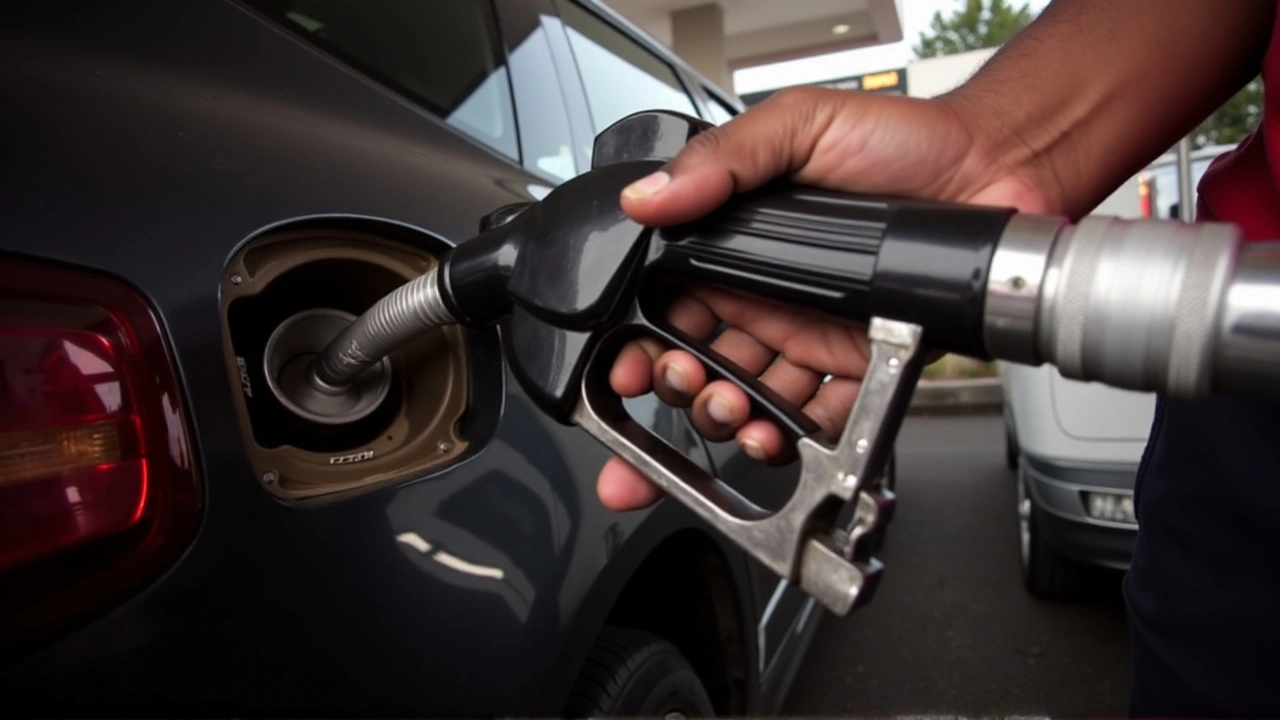Price adjustment: what it means and why you should care
Prices move all the time. A price adjustment is simply any change sellers make to the price of a product or service — up or down. You see it at the petrol station, grocery store, or on your phone bill. Some changes are small and regular; others are sudden and painful. Knowing why they happen helps you plan and react faster.
Why do prices get adjusted? A few clear reasons: inflation pushes costs up across the board; exchange-rate swings make imported goods more expensive; supply problems — like a bad harvest or shipping delays — cut supply and lift prices; governments change taxes, subsidies or tariffs; and businesses alter prices to protect margins or win market share. Often several of these happen at once, which is why an expected price rise can feel bigger than it looks on paper.
Price adjustments matter more in places where many households spend a large share of income on essentials. When food, fuel or electricity prices rise, families feel it immediately. That’s why journalists and local leaders track price adjustments closely — they are a quick way to see pressure on budgets and the risk of wider unrest or political fallout.
How consumers feel the hit
Most people notice price adjustments in three places: food, transport and utilities. A few practical signs: smaller shopping baskets, skipping nonessentials, switching to cheaper brands, and more people using cash instead of credit. What helps? Compare prices regularly, buy a little extra of nonperishables when a good deal appears, and use local apps or community groups to spot discounts. If you rely on public transport, watch for fare changes after fuel hikes and plan rides differently when possible.
How businesses cope with price adjustments
Companies face a tricky balance: raise prices and risk losing customers, or keep prices and eat the cost. Smart moves include: clear communication — explain why prices changed and when they might change again; tiered options — offer basic and premium versions so customers can choose; short-term promotions to retain buyers while costs settle; and hedging or bulk buying for essential inputs to smooth sudden swings. Small businesses should renegotiate supplier terms or change pack sizes rather than just raise the unit price.
For reporters and local leaders, cover the human side: show how a price adjustment affects a household or a small shop, not just the headline figure. Check official sources like central banks or energy regulators, and pair data with on-the-ground interviews. That mix makes the story real and useful.
Price adjustments are part of daily life. Watch the indicators that matter to you, plan small changes in how you shop or run your business, and follow the updates on this tag for fast, local reporting when prices move.

South African Petrol Prices to Decrease by 92 Cents per Liter Starting 4 September
Keabetswe Monyake Sep 3 17Starting 4 September, the petrol price in South Africa will drop by 92 cents per liter. This change will reduce the cost of 93 octane petrol in inland areas to R21.79 per liter and in coastal regions to R22.19 per liter. The reduction is part of regular adjustments reflecting global oil prices, exchange rates, and market influences. These price adjustments aim to align the costs with current market conditions and provide consumer relief.
More Detail